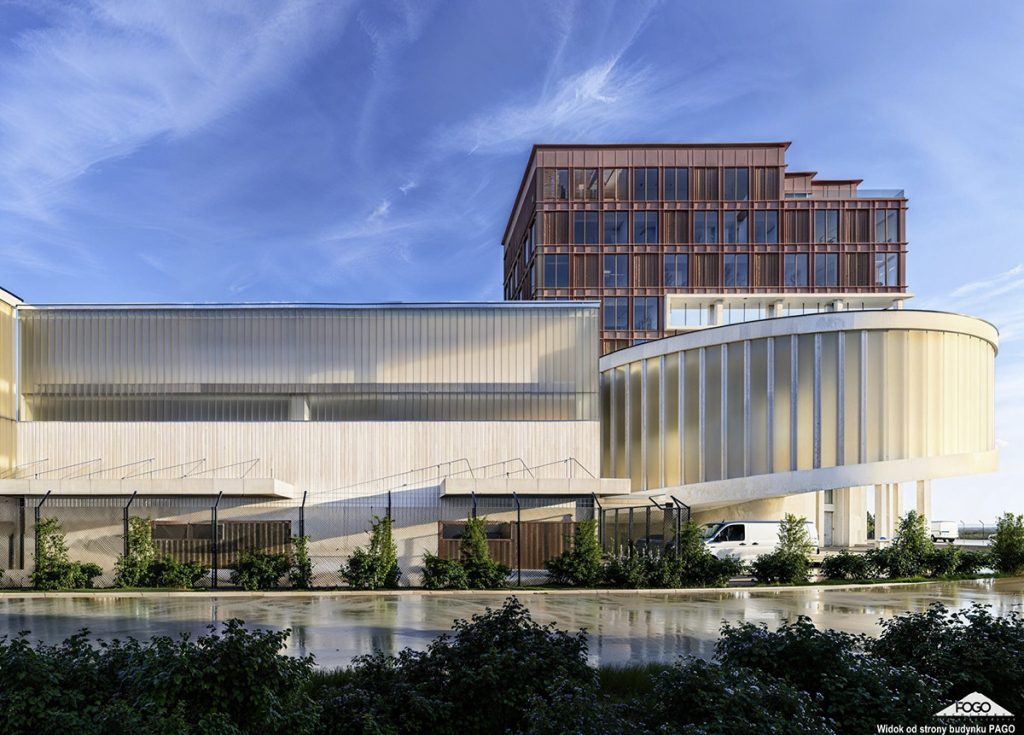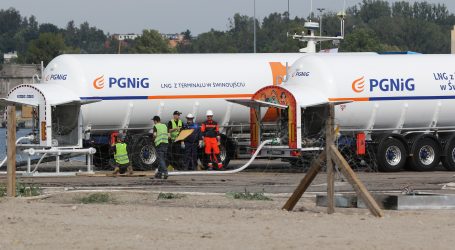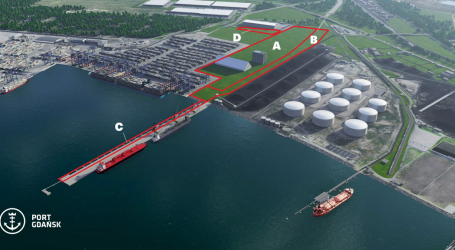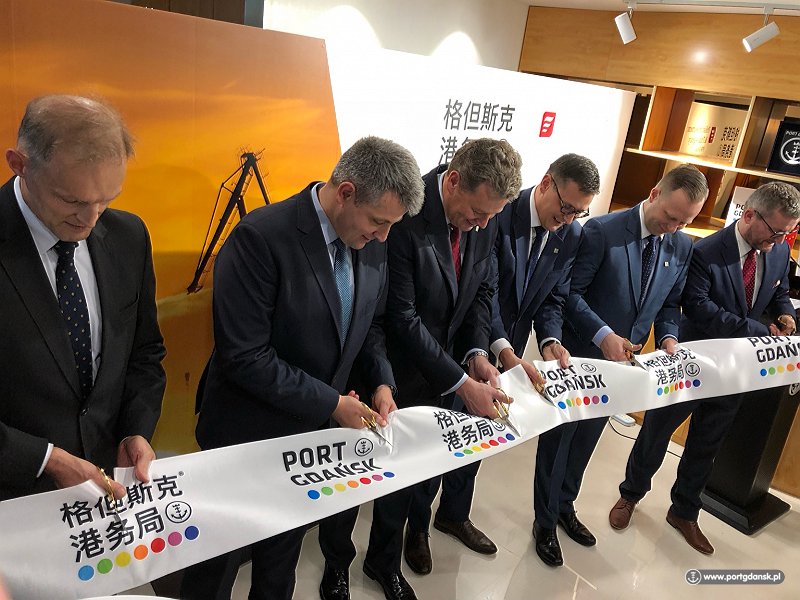Port of Gdańsk to gain a modern border control centre – an important investment
A modern Integrated Border Control Point (ZPKG) is to be built in the Port of Gdańsk, on a plot measuring over 2 ha. The investment, located on Kontenerowa Street, in the immediate vicinity of the Baltic Hub terminal and the Pago cold store, is going to make the work of the control services much easier. It’s also going to meet the needs of handling the fast-growing volumes of goods handled at the Port of Gdańsk.
On 28 May of this year, the Pomorskie Province Governor, Beata Rutkiewicz, and the Port of Gdańsk President, Dorota Pyć, signed an agreement concerning the implementation of the first stage of the investment, covering the development of the design and cost estimate documentation. The ceremony was attended by the Minister of Internal Affairs and Administration, Tomasz Siemoniak.
The Integrated Border Control Point is a strategic investment not only for the port, but also for the entire maritime economy in Poland. The project will strengthen Poland’s position as a responsible EU member state, committed to border security. The port industry will see real improvements in clearance and procedures, and thus greater efficiency in handling the ever-growing volumes of goods handled at the Port of Gdańsk.
‘We are all impressed by the momentum with which the Port of Gdańsk has been developing. The Integrated Border Control Point project is a reflection of the port’s development. I was not aware that the state budget receives PLN 44 billion thanks to the Port of Gdańsk’s activities. The budget of the Ministry of the Interior and Administration for this year is PLN 48 billion. It can be said that our ministry is financed thanks to the port’s operations and your work. Polish ports must be competitive. That is why we must create the best possible conditions for as many goods as possible to pass through our ports’, said Tomasz Siemoniak, Minister of Internal Affairs and Coordinator of Special Services.
One place, many services
The Integrated Border Control Point is to carry out border controls on consignments of products entering the European Union, mainly via the Baltic Hub container terminal. Today, control services operate in various parts of Gdańsk, working in a dispersed single- and two-shift model. The establishment of the Integrated Border Control Point is going to consolidate their activities in one modern location. The facility is to house, for example: the National Revenue Administration, the Border Veterinary Inspectorate (GRIW), the Border Sanitary and Epidemiological Station (GSSE), the Provincial Plant Health and Seed Inspection Service (WIORiN), and the Provincial Quality of Agricultural and Food Products Inspection Service (WIJHARS). A total of 235 people will work on one shift.
‘It is a great honour for us to be able to carry out such an important investment. It is important not only for the port, but for the entire province and Poland. This project is designed to improve the work of various services responsible for the efficient execution of cargo operations in the port. We are going to do our best to complete this project according to the adopted schedule’, said Dorota Pyć, President of the Port of Gdańsk. ‘In these difficult and turbulent times we have to take great care to ensure the development of the Port of Gdańsk, primarily by building its resilience. We are building this resilience through investments. Our goal is to become a sustainable port in the blue and green economy’. The blue economy is nothing more than a maritime economy – one that relies on new technologies, digitalisation, innovation and, above all, on people.’
Modern infrastructure
The construction site has already been prepared. At the request of the Port of Gdańsk and Baltic Hub, the site was levelled, a post-war bunker was demolished and moved to the vicinity of Mrągowo.
According to the architectural concept developed by FOGO Architekci, the Integrated Border Control Point will consist of a 9-storey office building (6,200 m²) and a 3-storey border control building (9,200 m²). Opposite the latter, a shelter with a staff room for security controls has been designed. On the roof of the border control building, there will be a car park for 230 employees’ cars, accessible from an external, covered spiral ramp located between the buildings. It will be connected to the office building by a passageway on the 3rd floor of the building.
The project site will be fenced off, with four entrances from the internal port road. There will also be a direct connection to the Baltic Hub terminal – two gates to allow tractor units with containers to pass through for control. Security checks will take place under the ramp, while full physical inspections will take place in the hall. The project also includes renewable energy installations with the possibility of transferring surpluses into the grid.
Stages and funding
The investment has been included in the multi-year investment plan for border crossings. The estimated cost of stage I, related to the development of documentation, amounts to PLN 6.4 million net, while stage II, covering the construction and equipping of the building, amounts to PLN 157 million net. The completion of construction is planned for 2030.
Photos: Port of Gdańsk
Source: Port of Gdansk




